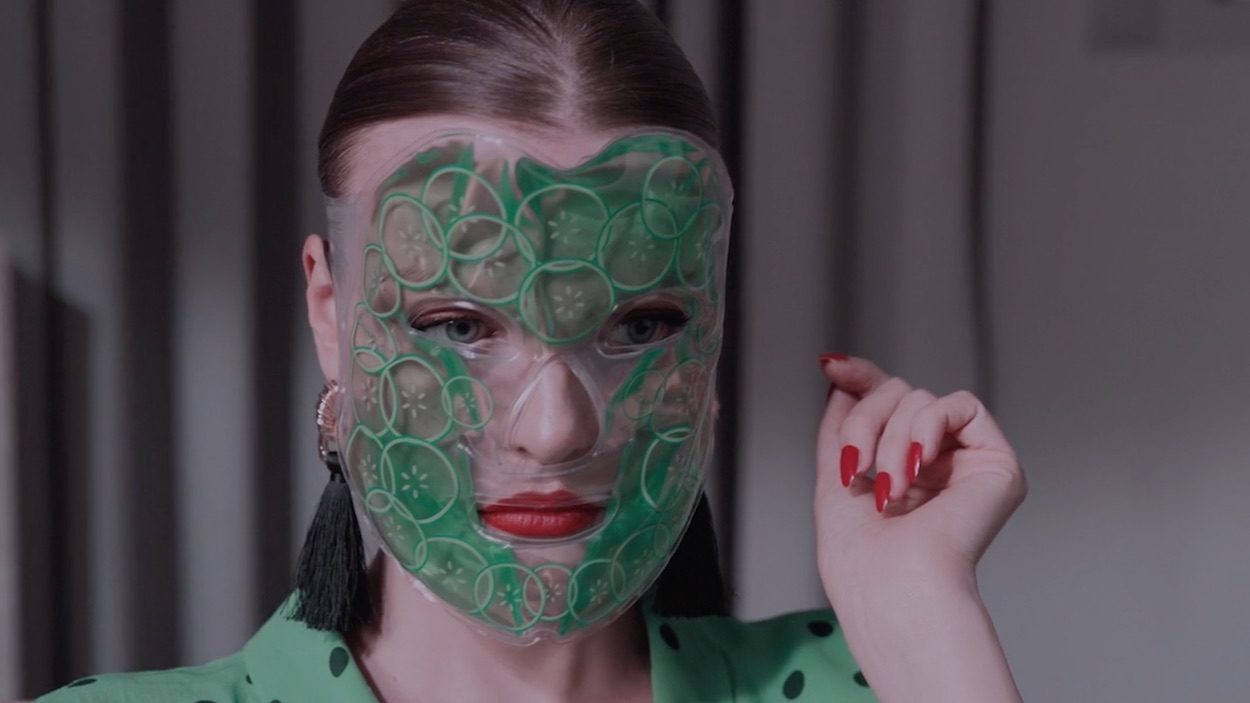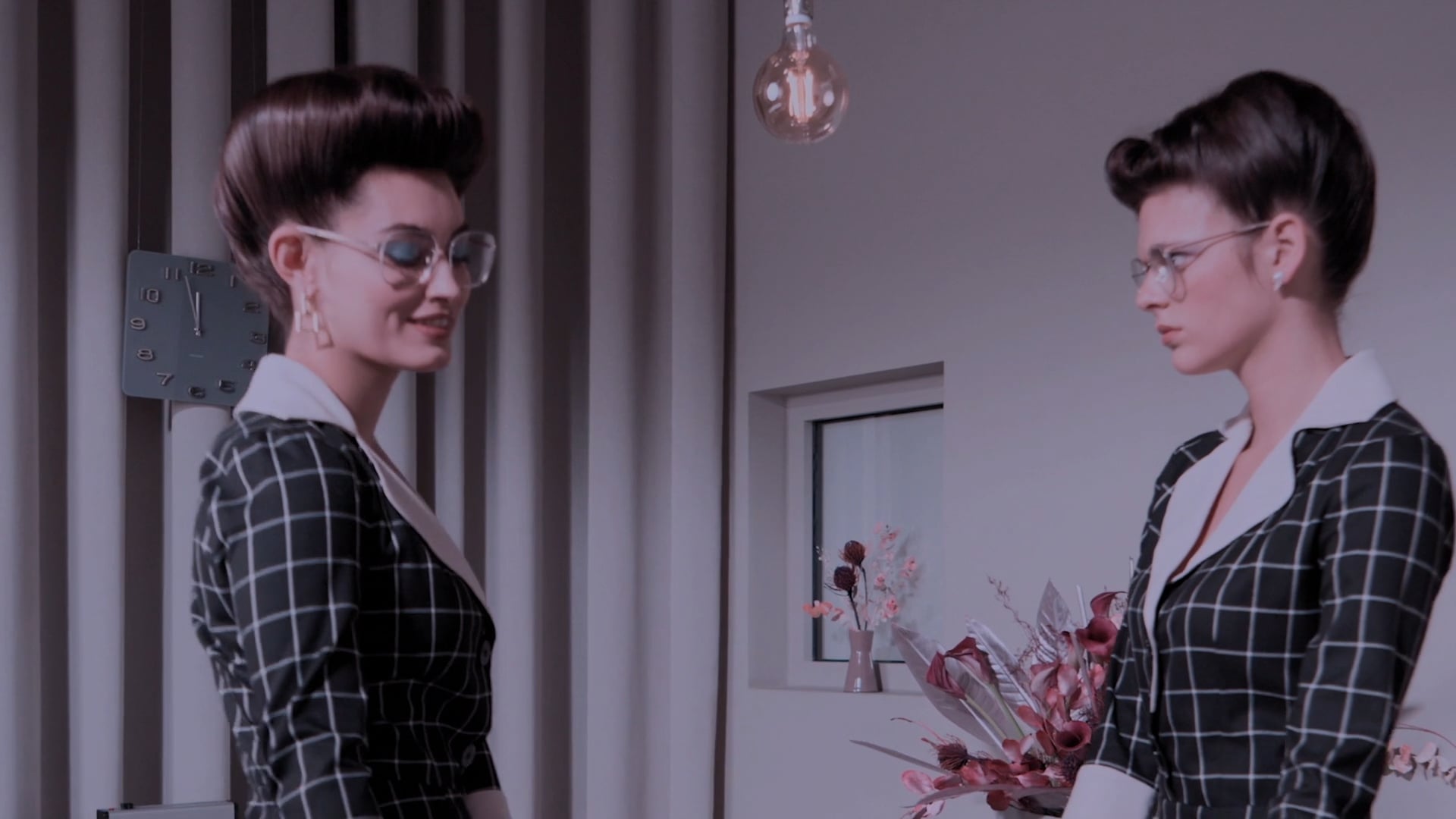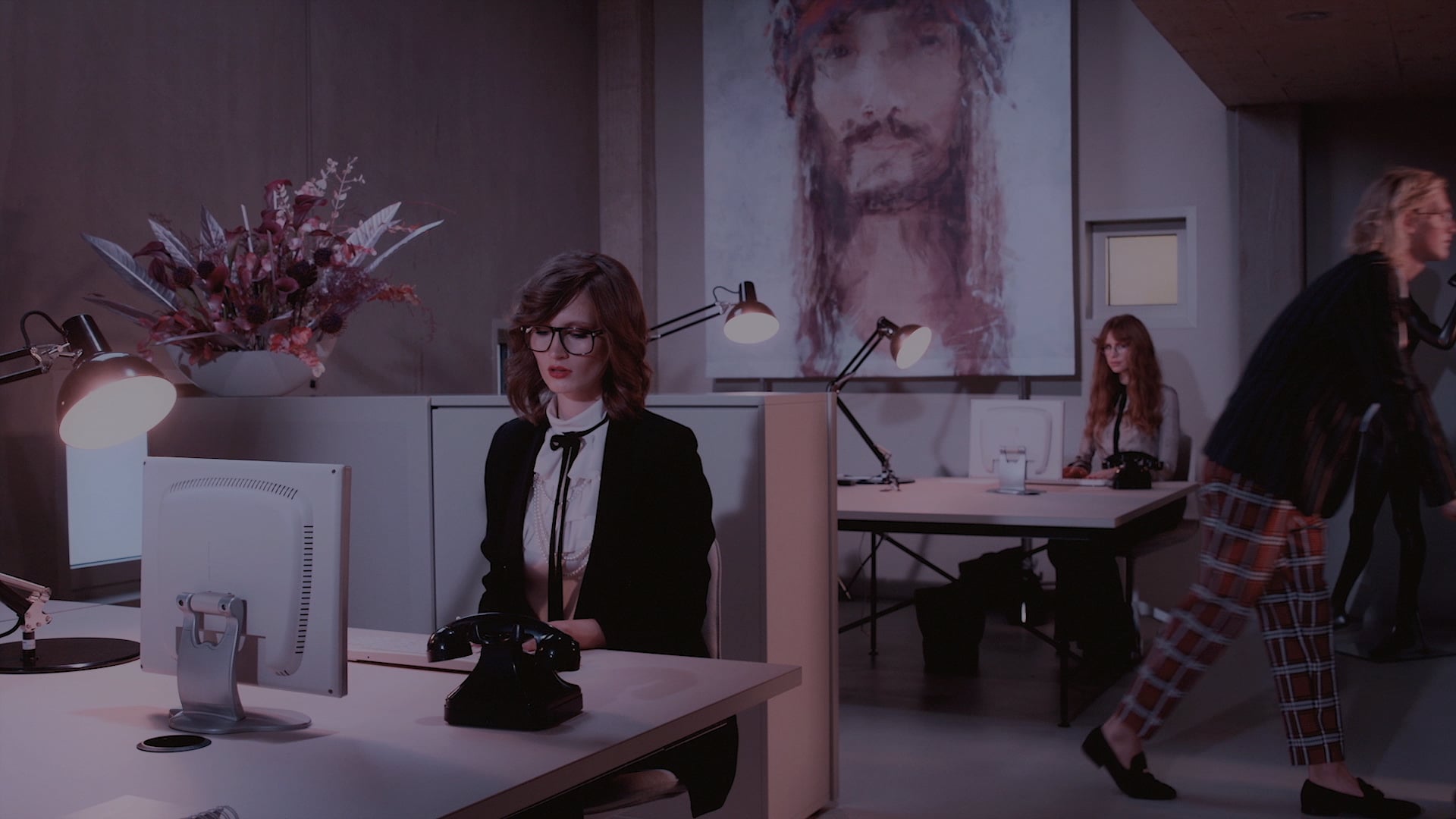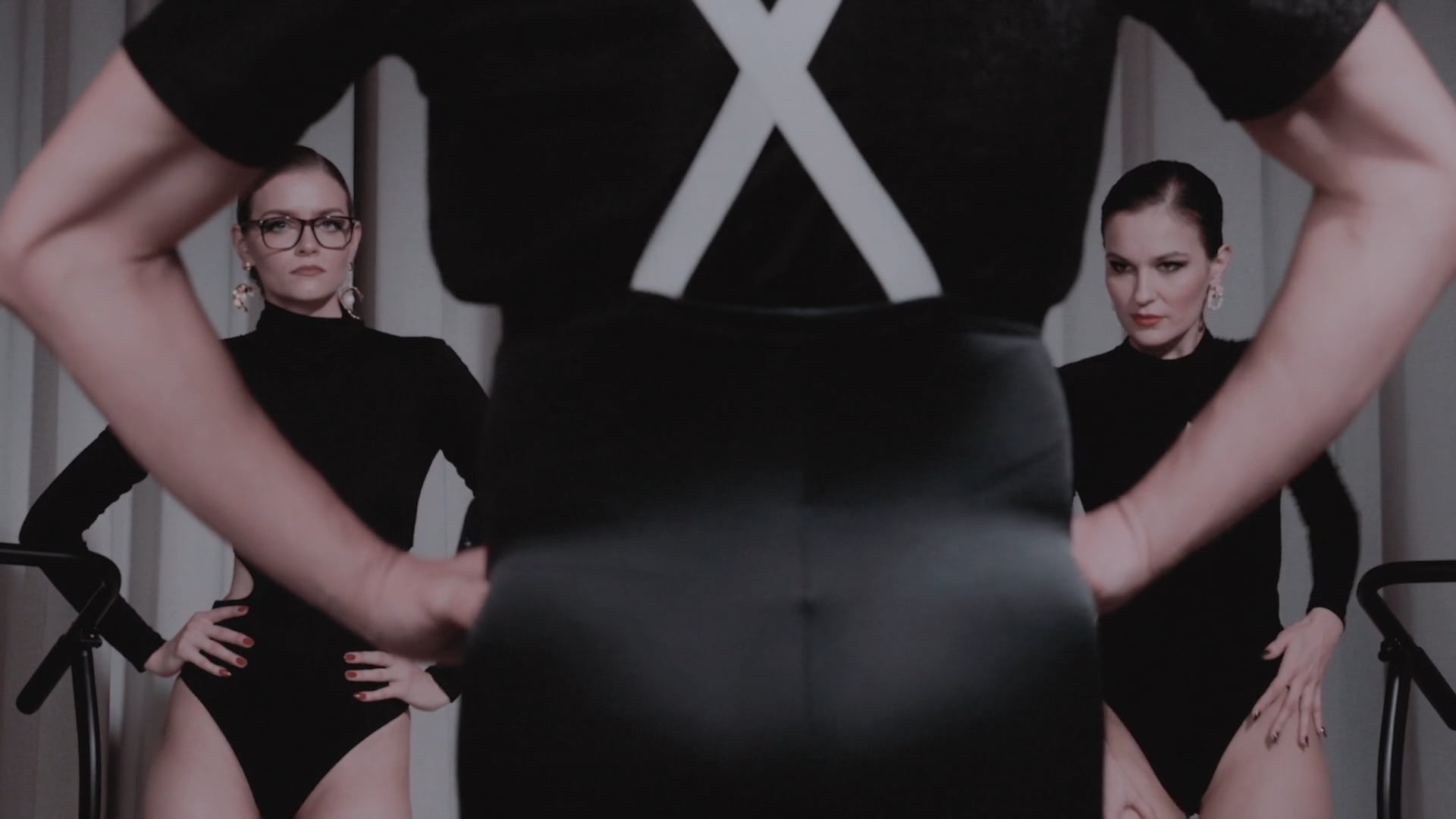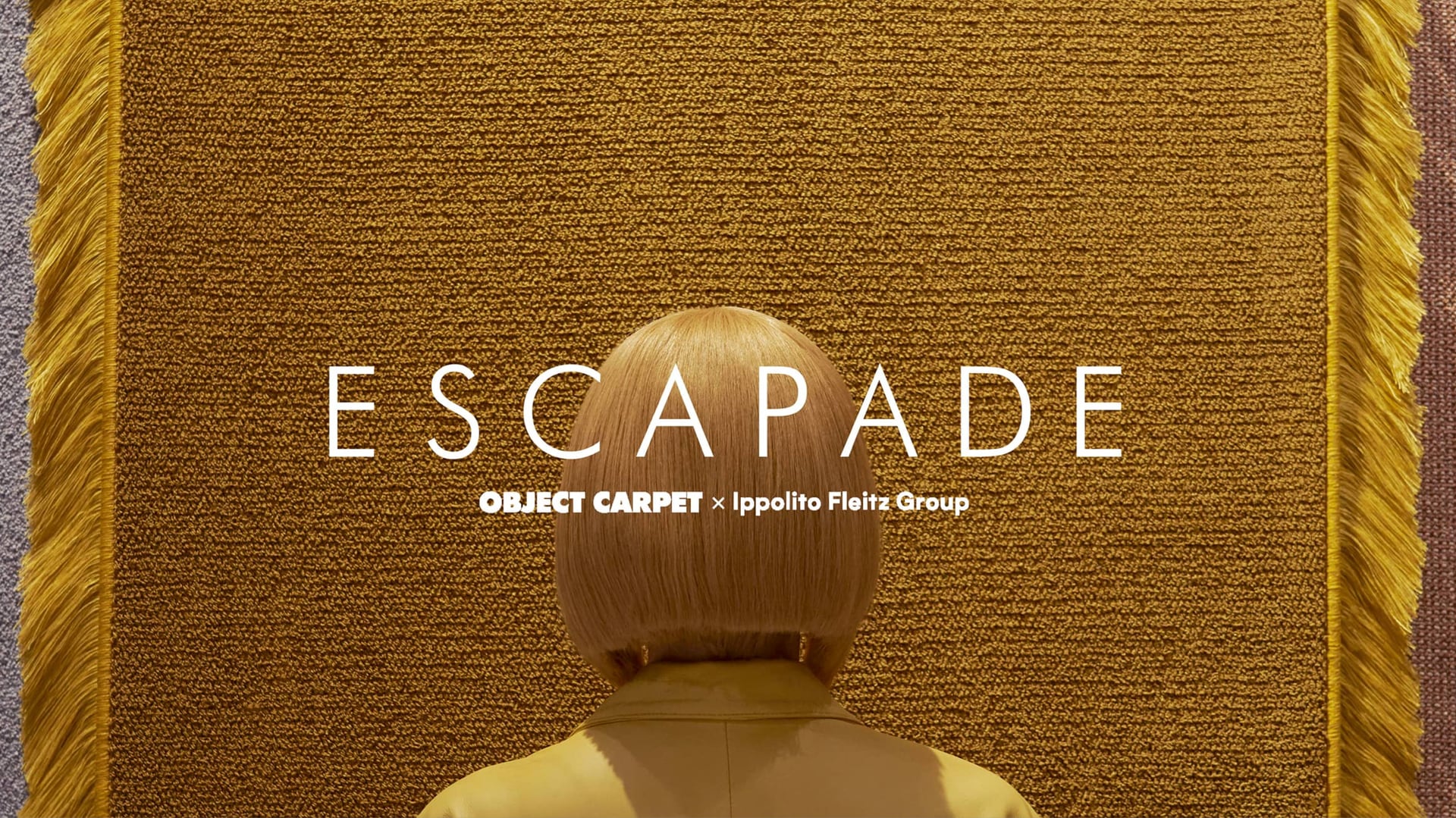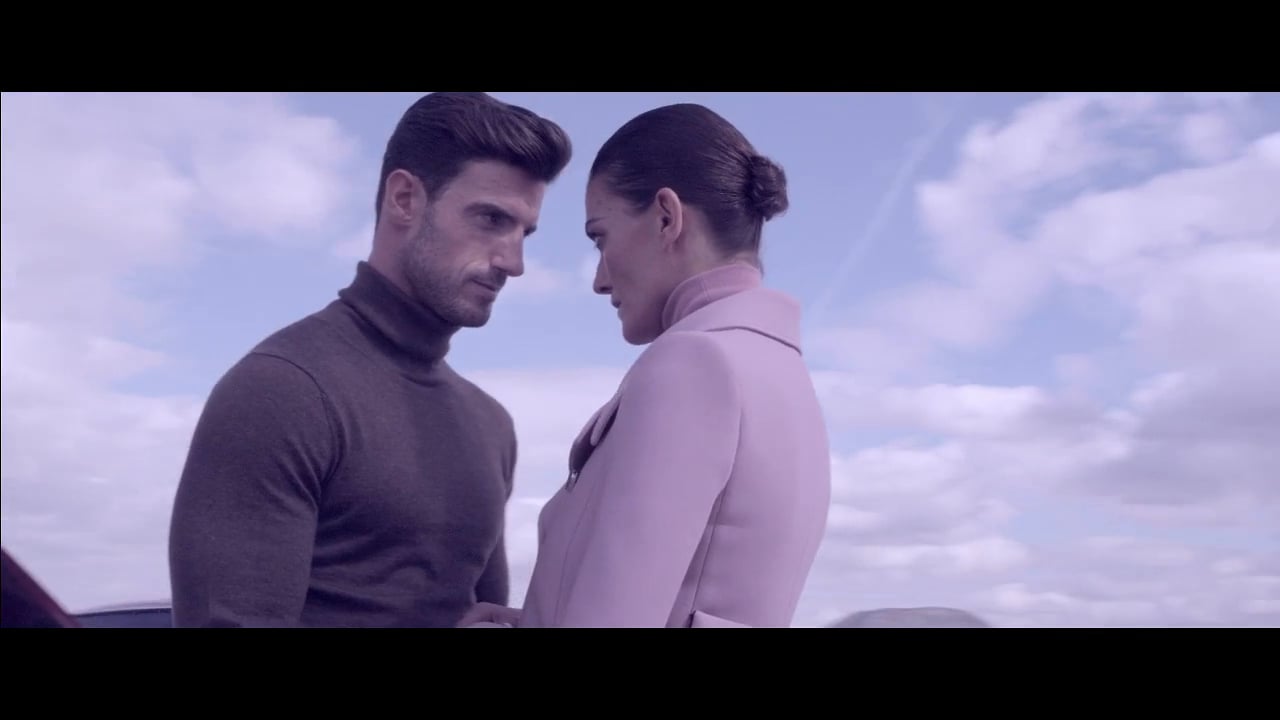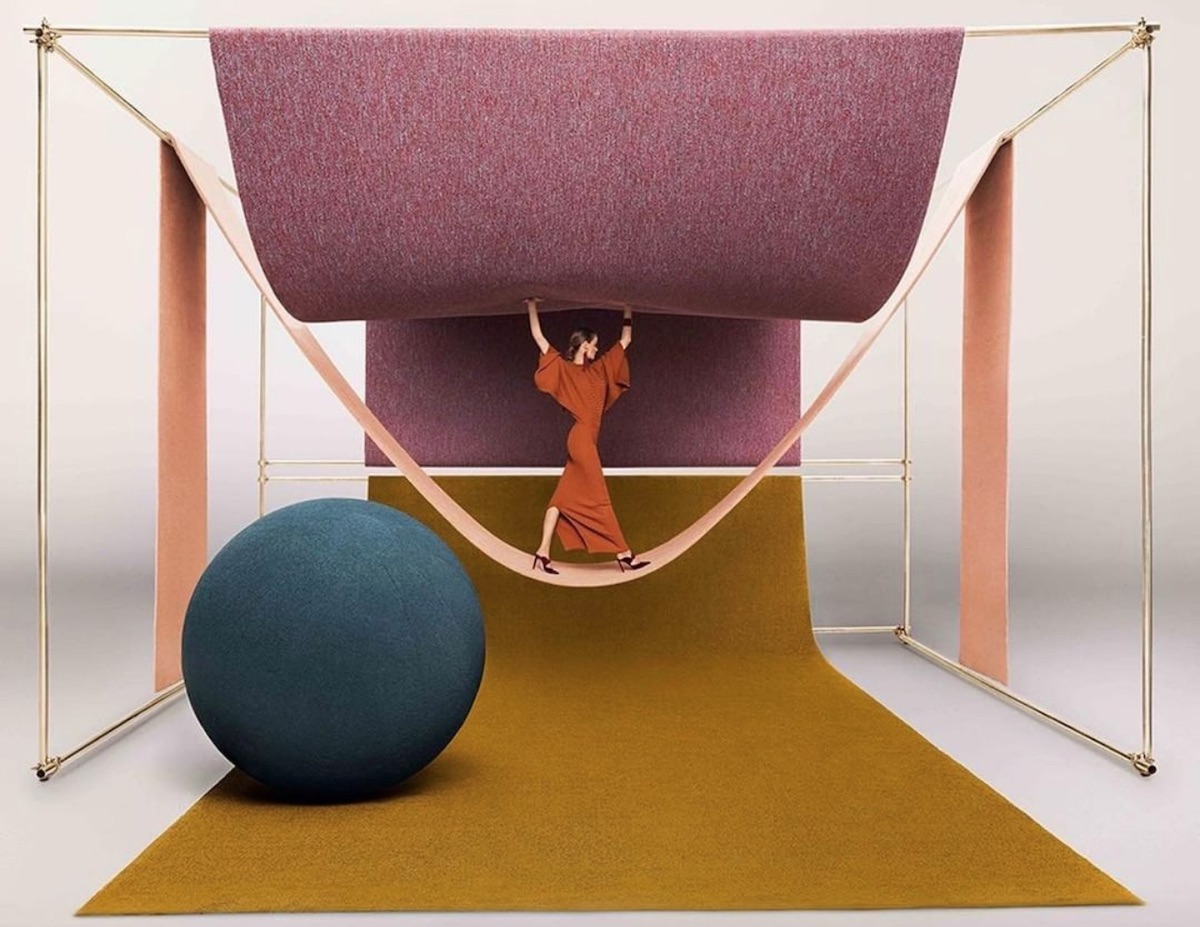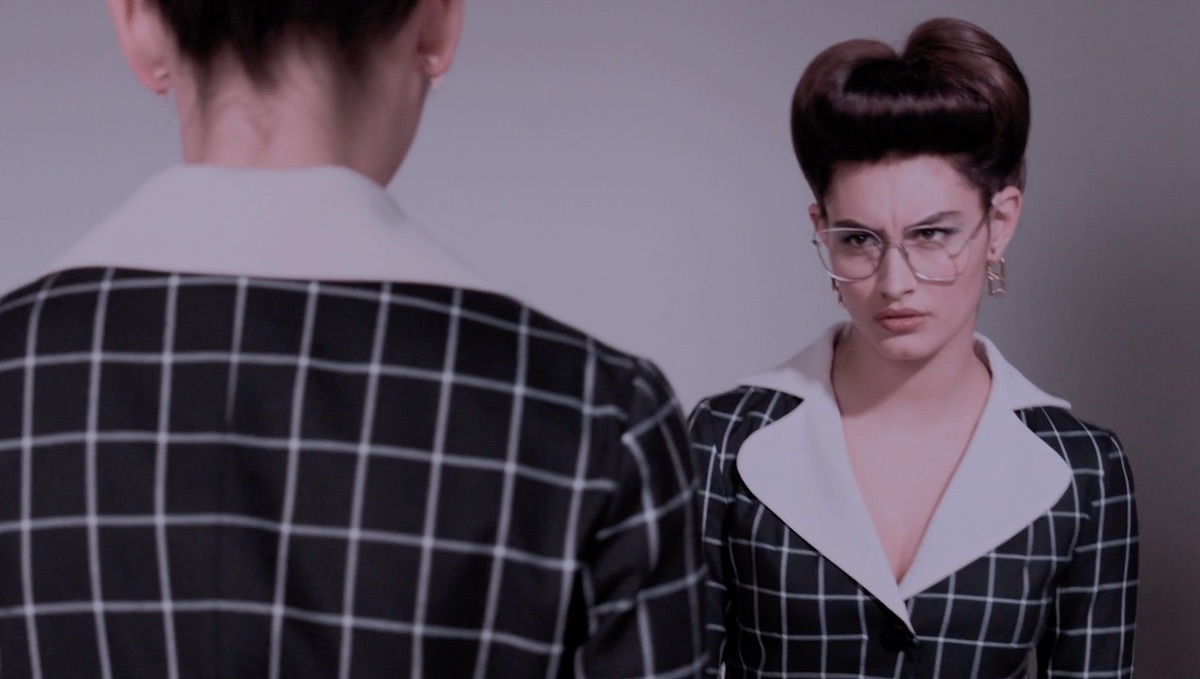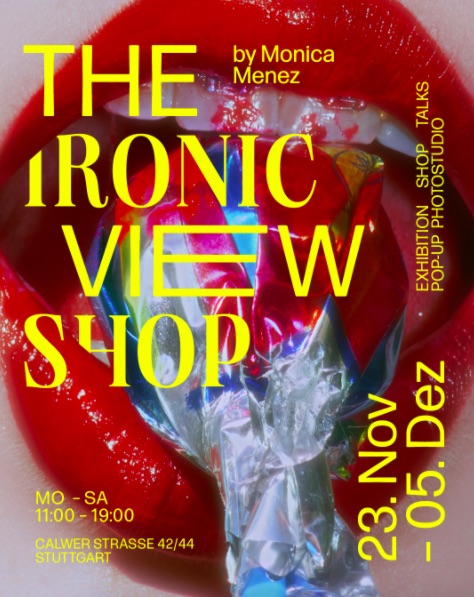We last spoke to you in 2013 when we asked you all about your fabulous fashion films Precious and Hors d‘Oeuvre. Since then you’ve released several new films, with the latest being your collaboration with Willems Eyewear, Business as Usual. How has work been as a fashion film director and photographer?
A lot has happened since that last conversation. I’ve been shooting commercials across London, Paris and Madrid. But there have also been a number of great creative projects such as the campaign for footwear and accessories designer Sophia Webster or my fashion film The Journey for Smoda Spain (El Pais) where I had the chance to have the great Laura Ponte as leading actress. And there’s also the campaign for luxury carpet manufacturer Object Carpet, composed of a series of photos and a short film. Obviously due to the Corona crisis I am somewhat limited when it comes to travelling, but I make the most of this extra time by focusing on my own projects.
Object Carpets, Escapade
How did your collaboration with Willems Eyewear come about?
Willems Eyewear and I have collaborated before. Back in 2011 they asked me if I’d be interested in shooting their campaign. As they gave me full artistic freedom, I suggested shooting a fashion film instead of a series of photos. They were very keen, which is always a good sign! The result was Precious, my first fashion film. We were both very happy with it. Now, nine years later, they have asked me to work together again.
My last fashion film Bello was shot three years ago, so I felt it was time I directed something new. Willems Eyewear were also looking to produce a new film, so this was indeed a happy coincidence.
What was your inspiration behind this? And what was the creative process?
The main inspiration behind Business as Usual is the location itself. I had already been thinking about making a film about the ins and outs of what goes in an office. So when I came across the office space as I was location scouting, I was very taken by its atmosphere. The location became the spark for the storyline and I just simply let my mind wander over what would happen in that building.
The film is composed of four episodes, during which we venture into the behind-the-scenes of Willems Beauty Palace, a high-end and very exclusive beauty salon. In the project description, you mentioned being influenced by Jacques Tati. How would you say does this come across in the film?
I have always admired Tati’s use of sound and choreography, and his colour schemes are a constant source of inspiration for me. One of my favourite films of his is Playtime: here Tati uses the entire range of grey tones. My love for this particular colour scheme had a huge influence on the choice of the location for Business as Usual – the office building reflects all these shades of grey. I guess that this time I really wanted to make something grey!
Business as Usual isn’t the first film split up into episodes. Why did you decide to take this approach? What are the advantages to episodic content?
My first film consisting of episodes was Hors d’Oeuvre, a satirical yet provocative fashion film. That’s when I realised the advantage of episodic content: you can watch a single episode and still be able to grasp the theme of the film, at the same you can craft each story to be part of a broader storyline.
Business as Usual, Quando ti Guardo
Your work is a unique blend of erotic humor and flawless aesthetic. Daring and cheeky, but never vulgar. How do you manage that?
The use of eroticism is rather subconscious. What I do is add a soft layer of tease and tension throughout. I am not interested in sexiness as a means of provocation – that’s not my aim. What interests me is the interaction between men and women and the psychology behind it.
Choreography, styling, production design and sound. These are all key elements in your productions, able to tell a story and engage with the viewer without a single word. Do you think this is somewhat influenced by your background in photography? How did you learn to shift from still to moving image and what are the most challenging aspects?
I’ve always loved watching movies, but I have never analysed the technical aspects of filmmaking. In other words, I never professionally learned how to make a film. I just started making them. I never felt the urge to make a film involving dialogue and I do enjoy the challenge of telling a story without words. For the time being, I’m comfortable with this format.
I would say that the greatest challenge when working on a film is the size of the team. Though I really enjoy working with so many talented people, I have to focus on my own goal and ideas and make sure my vision doesn’t get muddled. The result has to reflect precisely the film that I initially had in mind.
Cast also plays a vital role in your productions. You seem to be able to pick talent that fits your aesthetic perfectly, armed with a skillset that goes beyond looking pretty. How involved are you in the casting process? How do you make sure that you always get it right?
Whenever I develop a new idea for a film, I already know exactly what the person or actor should look like. The storyline is an essential element of my fashion films, that’s why I need models that not only look stunning, but are also capable of acting and dancing. I like to work with dancers, seeing as they possess an incredible range of expressions. Luckily I know quite a few models and I have already worked with many of them. In addition to having the required skills, they know and understand my vision which makes working together easier.
Any upcoming projects you would like to share with us?
I’ll be focusing on my artistic work, specifically a set of very short films entitled 10 Second Stories. As part of the Fashion?! The Elements of Style exhibition at the Landesmuseum Stuttgart, I will be running a pop-up store from November 23rd for two weeks under the name The Ironic View Shop. There will be screenings, artist talks, large-format prints on sale and the chance for people in my photo studio to become a work of art themselves! I also have a photography exhibition coming up, but that’s not until the second half 2021.
Interview by Niccolo Montanari
